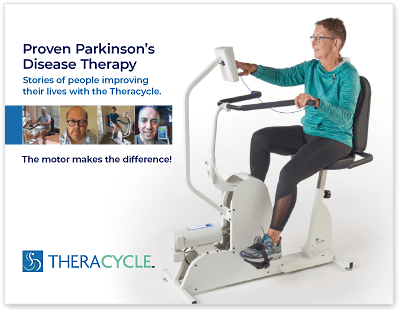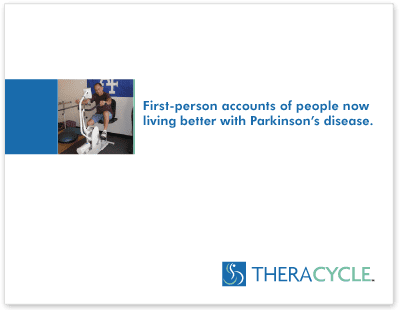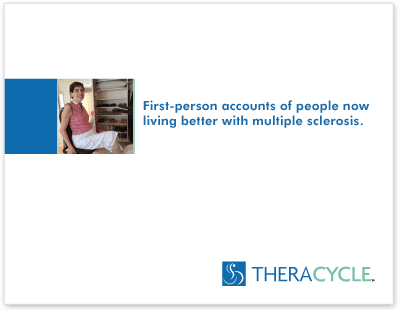- ›
- Resources
- ›
- Parkinson’s Disease in Patients
- ›
- PD Stages
PD Stages
Learn More about Hoehn & Yahr Staging of Parkinson’s Disease
The Hoehn & Yahr Staging of Parkinson’s disease contains five stages, which details specific symptoms per each Parkinson’s disease stage. Margaret Hoehn and Melvin Yahr established the five stages in the 1960’s, and is commonly used for describing the natural progression of Parkinson’s disease in the absence of treatment. Not all Parkinson’s patients inevitably progress to the most severe Parkinson’s disease stages even in the absence of treatment. Originally published in 1967 in the journal Neurology, the Hoehn & Yahr scale details the natural progression of Parkinson’s with five stages of increasingly severe symptoms. The original scale included stages 1 – 5; however, a modified version of the scale includes a stage 0 as well as stages 1.5 and 2.5. According to the modified Hoehn & Yahr scale, Parkinson’s disease stages include:
- Stage 0: No signs of disease.
- Stage 1: Unilateral symptoms only
- Stage 1.5: Unilateral and axial involvement. During this initial Parkinson’s disease stage, the patient will experiences unilateral mild symptoms confined to one side of their body. With stage one Parkinson’s symptoms, the patient often experiences inconveniences with day-to-day tasks that one would otherwise be able to complete with ease. Friends and family members may notice changes including poor posture, locomotion, loss of balance, and abnormal facial expressions. While the patient may realize presence of tremors, shaking in one limb, muscle stiffness, or slow movement as well as problems with posture. During stage one; Parkinson’s patients experience these symptoms unilaterally or on one side of the body.
- Stage 2: Symptoms are Bilateral. No impairment of balance.
- Stage 2.5: Mild bilateral disease with recovery on exam / test. During this second Parkinson’s disease stage, PD symptoms usually affect both limbs and both sides of the body (bilateral). The patient may encounter difficulty walking and increased difficulty in completing everyday physical tasks; however, there is usually no impairment of balance. With the disease on both sides of the body now, the patient often experiences minor symptoms such as trouble swallowing, talking, and family and friends may detect additional “facial masking” (loss of facial expression).
- Stage 3: Balance impairment. Mild to moderate disease. Physically independent. Parkinson’s disease Stage 3 consists of noticeably slower physical movements. This stage is also when postural instability symptoms are noticed for the first time. The same Stage 2 symptoms are still present such as difficulty swallowing and talking, but may be worse at stage three. At this Parkinsons’ disease stage, the patient is still independent.
- Stage 4: Severe disability, but patient is still able to walk / stand unassisted. Stage four Parkinson’s disease symptoms are often severe; however, the patient is still able to walk or stand unassisted. During this Parkinson’s disease stage, most patients are unable to complete everyday tasks and usually cannot live on their own. For unknown reasons, the shaking of limbs and tremors seen within stages 1–3 may become less frequent or non-existent during this time. At this stage the patient will become increasingly more disabled, and will require assistance with some tasks or all activities of daily living.
- Stage 5: Needing a wheelchair or bedridden unless assisted The last or final Parkinson’s disease stage is the most severe stage, and takes over the majority of the patients’ physical movements. At this stage of the disease, the patient is unable to take care of him or herself. Walking and standing may not be possible for the patient, and at stage 5, one usually requires constant one-on-one nursing care. Many patients at this Parkinson’s disease stage may be bedridden unless aided or confined to a wheelchair, while requiring assistance for all or the majority of daily activities.
Disclaimer:
The above information is a compilation of several external sources such as the original 1967 Hoehn & Yahr Staging article in Neurology, Wikipedia, Massachusetts General Hospital, and the US National Library of Medicine. Please consult your doctor or a Parkinson’s disease specialist for more detailed information about Parkinson’s disease stages.







